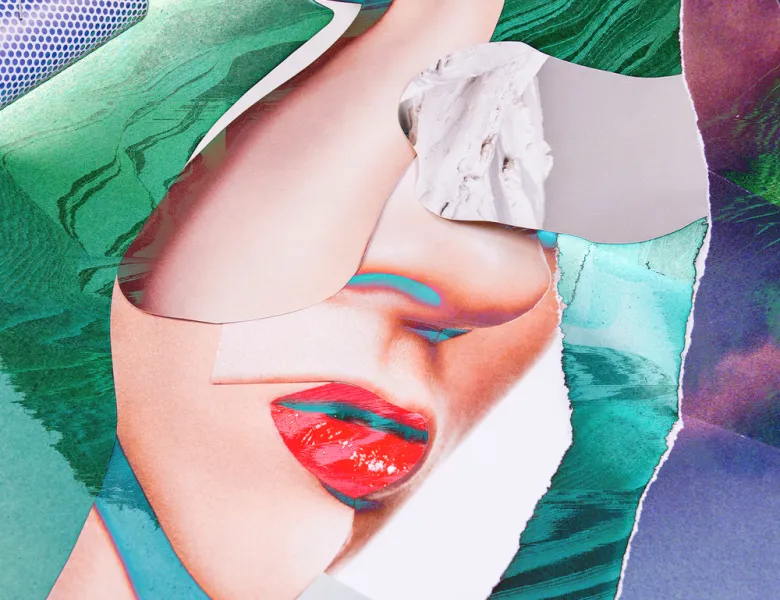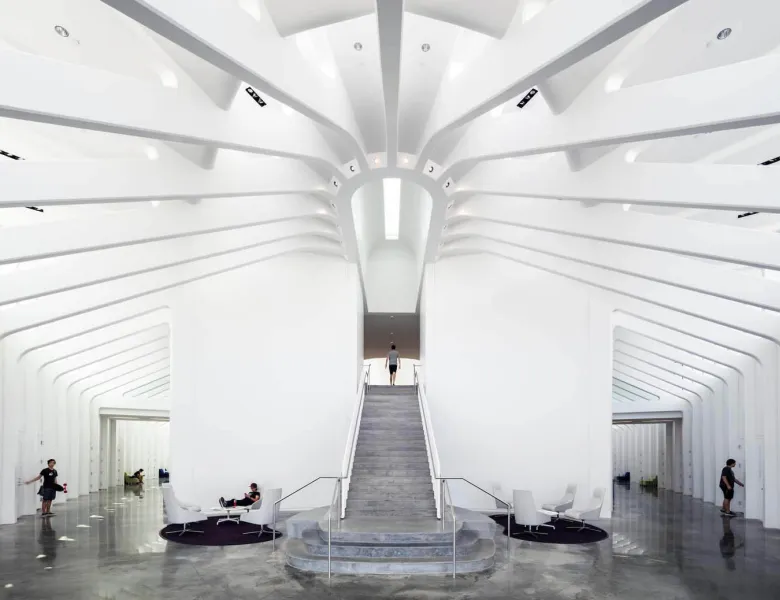Finding a story
“...A good portrait, in my opinion, is one that respects the medium’s heritage while bringing something new to it.” - Ariel Tagar
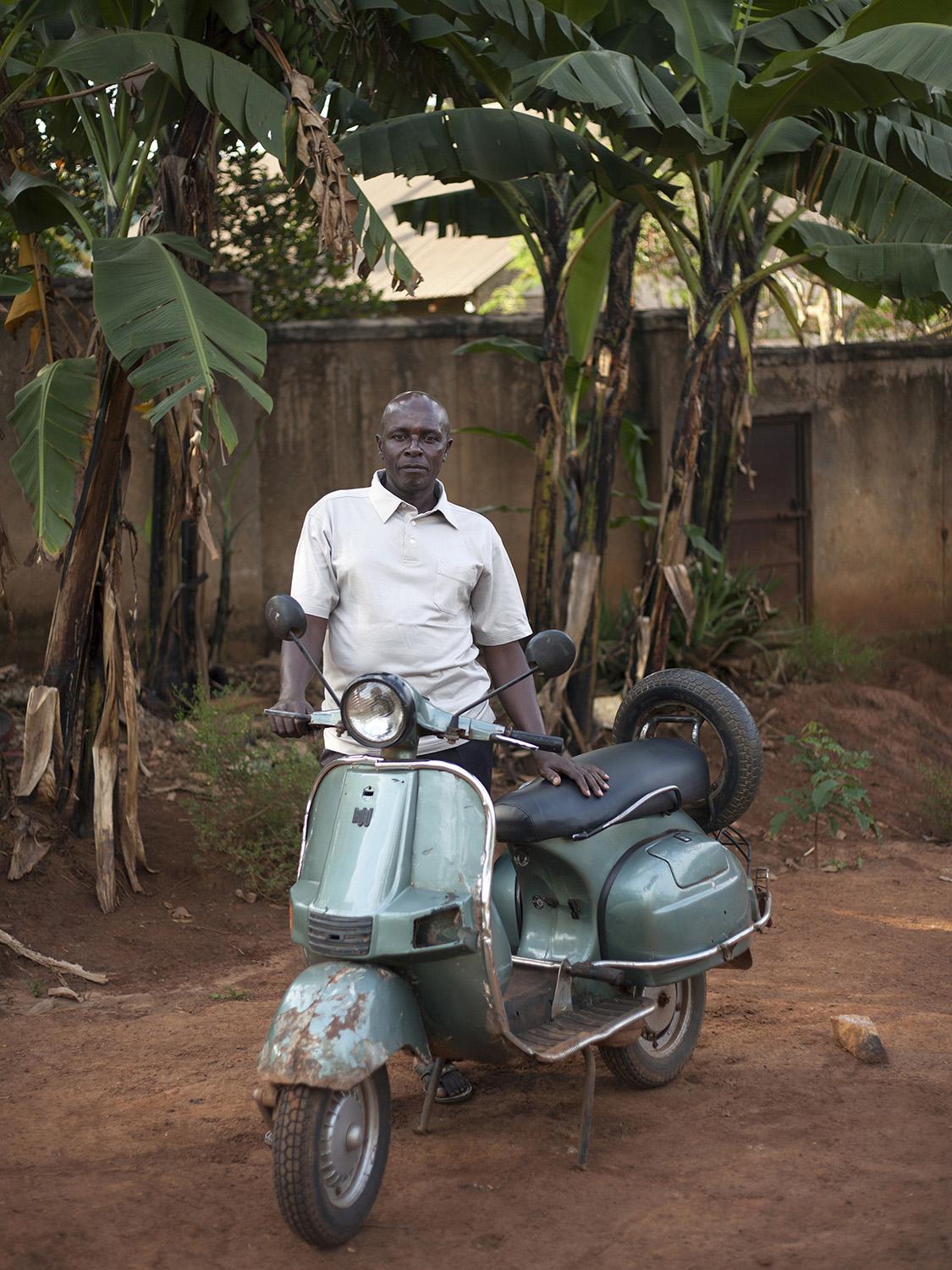
Born in Tel Aviv, Ariel Tagar started his career as a photojournalist covering the conflict in Israel and Palestine. In 2002 he moved to London and got a B.A. (Hons.) in photography from the London College of Fashion. On his return to Tel-Aviv, he started working as a portrait and fashion photographer later shooting various reportage and travel stories in countries such as Ethiopia, Uganda, Colombia, Uruguay, and Turkey.
In 2014 he directed a feature documentary film in Jamaica called "Congo Beat The Drum" which was screened in over 25 film festivals around the world. Ariel published his work in The Guardian, The Observer, Vice and Time Out. Ariel photographs in digital or medium format.
His series Vespa Club Uganda was shortlisted in the 2018 Sony World Photography Awards’ Professional competition.
I was looking for stories to shoot in Uganda and initially thought about photographing Boda bodas, the typical motorcycle taxi found in East Africa. I began shooting around the garage area of Kampala and after a few days an unusual sight of a vintage Vespa scooter caught my eye. After a chat with the rider I discovered the Vespa Club Uganda community existed and that’s all I needed to hear – I’d found my story.
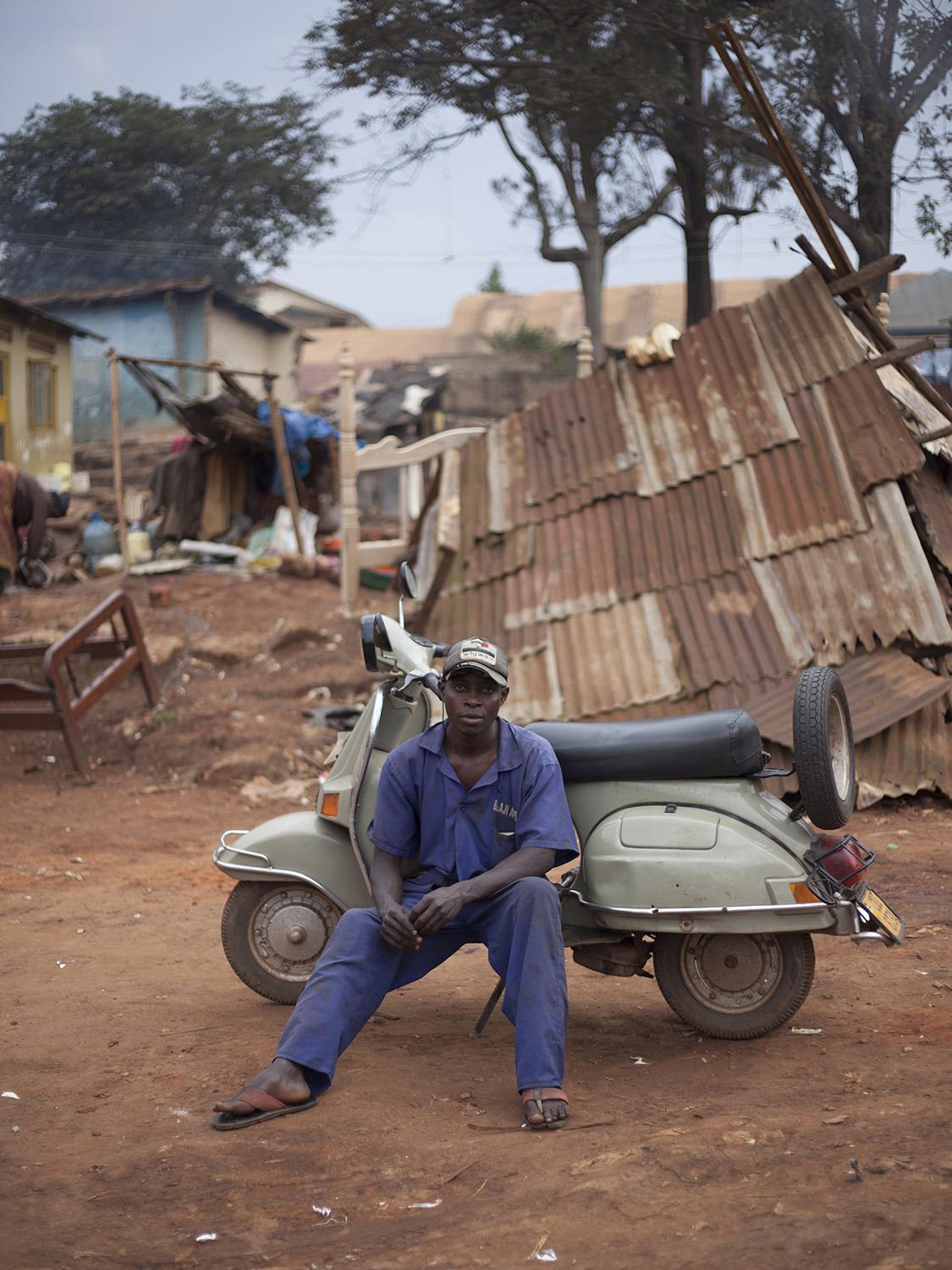
What makes a good portrait?
Portrait photography is a very specific type of genre. It has a legacy and a history dating back to before photography was invented so a good portrait, in my opinion, is one that respects the medium’s heritage while bringing something new to it. It could be something odd, something funny, something dark...anything really.
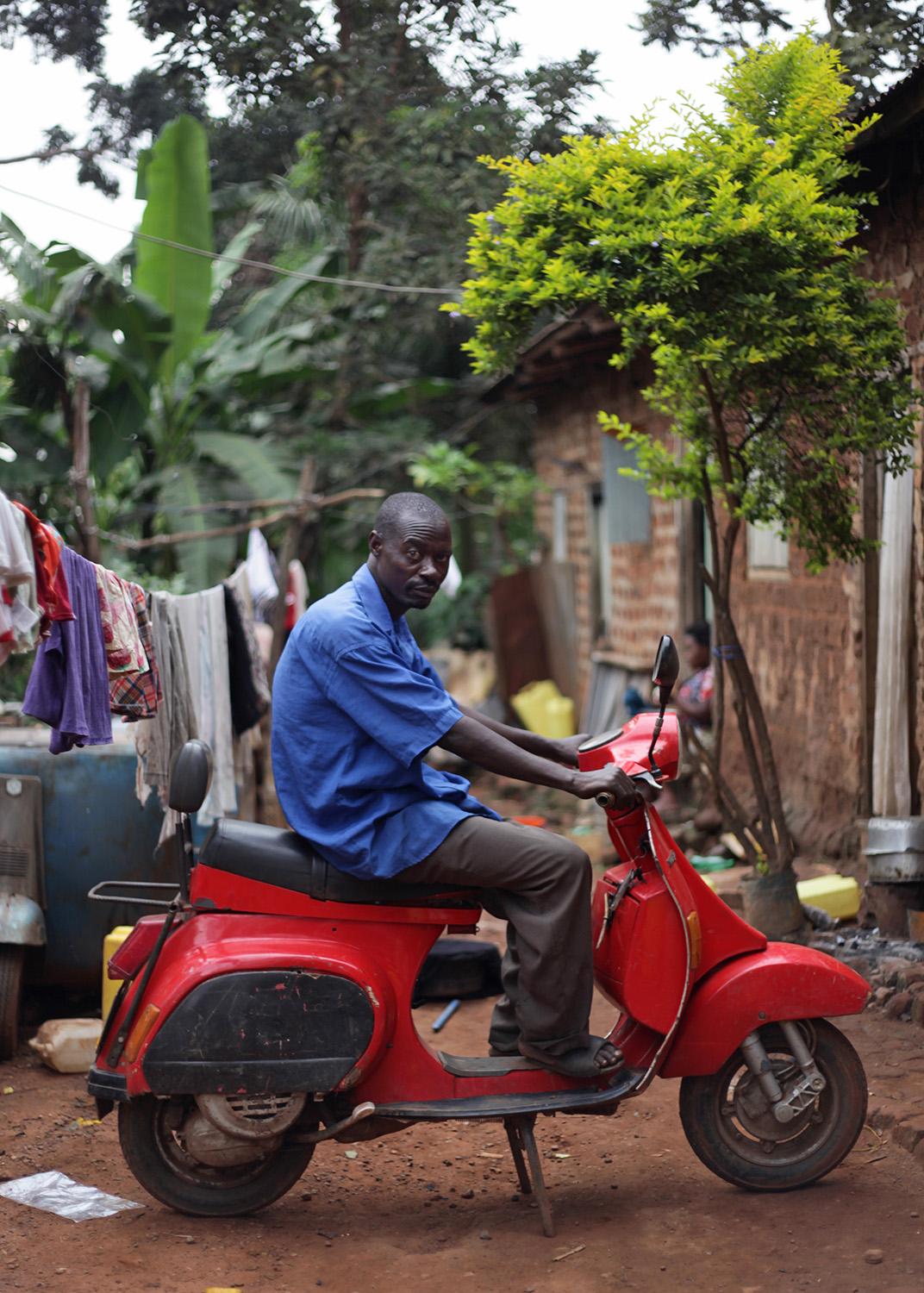
You have experience in a range of photographic genres: you began your career as a photojournalist in Israel and then studied fashion photography in 2002 at the London College of Fashion. How has this wide experience benefited how you take pictures today?
Those two practices pretty much created my visual language. In photojournalism, you have to work fast and have very little control over your environment. You have to make the most out of extremely challenging situations, get the shot and always be one step ahead of the story. In fashion, aesthetic is everything. You relish on tweaking the shot to perfection before even taking a single picture. I enjoy putting the two together and finding a little moment when the two co-exist.
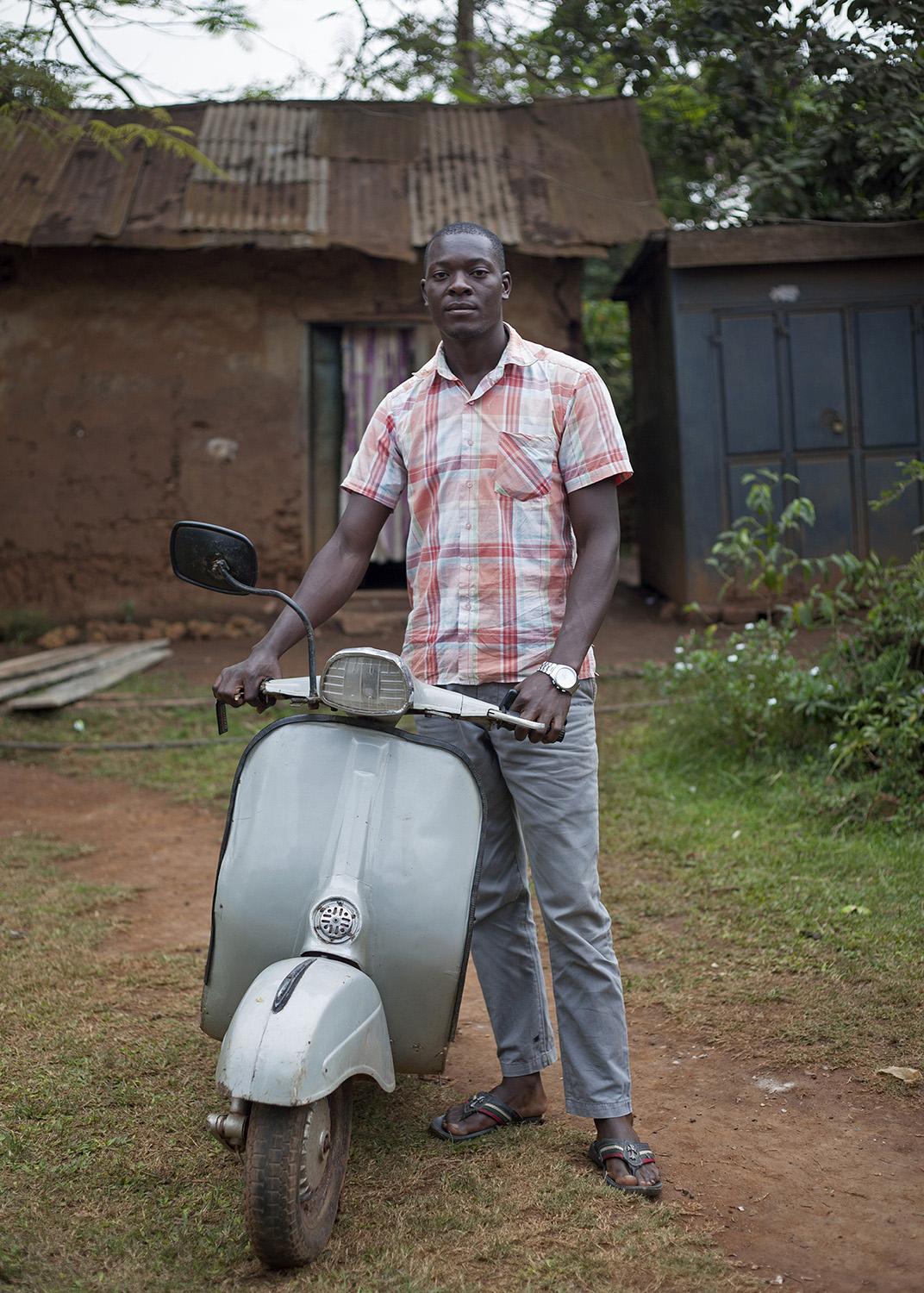
Where do you find your inspiration? Do any other art forms influence you?
I’m a record collector and musician so most of my travels include some form of vinyl hunting. In Uganda very few records were ever released – some say less than 30 – so while visiting the country I was very pleased to find one of them at the very back of an old CD shop. It’s a beautiful 78 RPM shellac calledObuguma by Namale Salama. More often than not it’s music that’s taking me to where I find these stories, such as the Colombian Pico series I published in The Guardian last year. I should also add that my mum is a painter and sculptor, so my sister and I grew up surrounded by art.
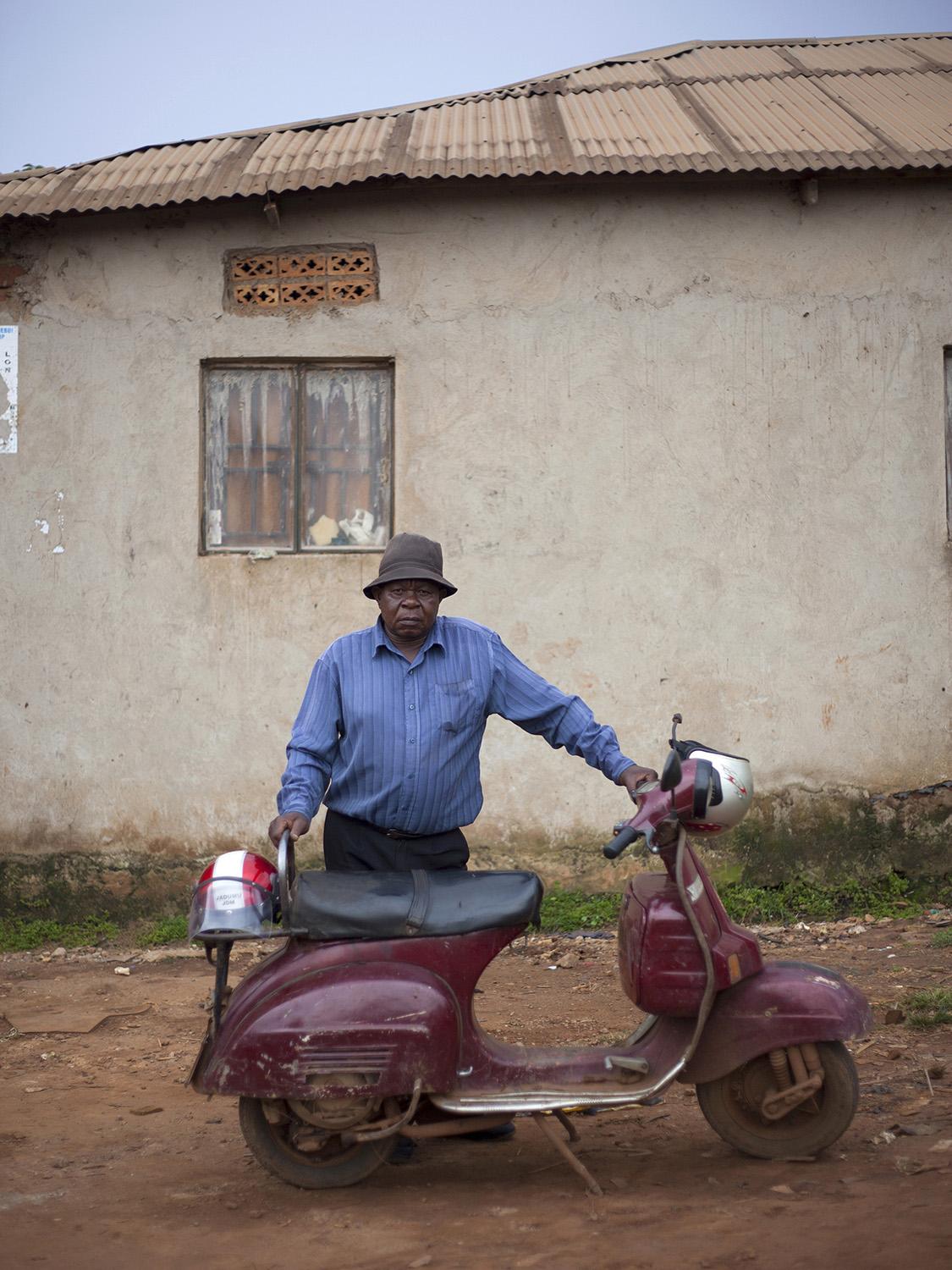
Can you tell us a little bit about your editing process? Is this something you do in isolation or with an editor? Do you print out proof prints or select images on screen?
I edit by myself on-screen using Photo Mechanic, a photo ingesting, tagging, and browsing tool. When I’m close to a final selection I’ll usually send it to a close photographer friend for a second opinion.






